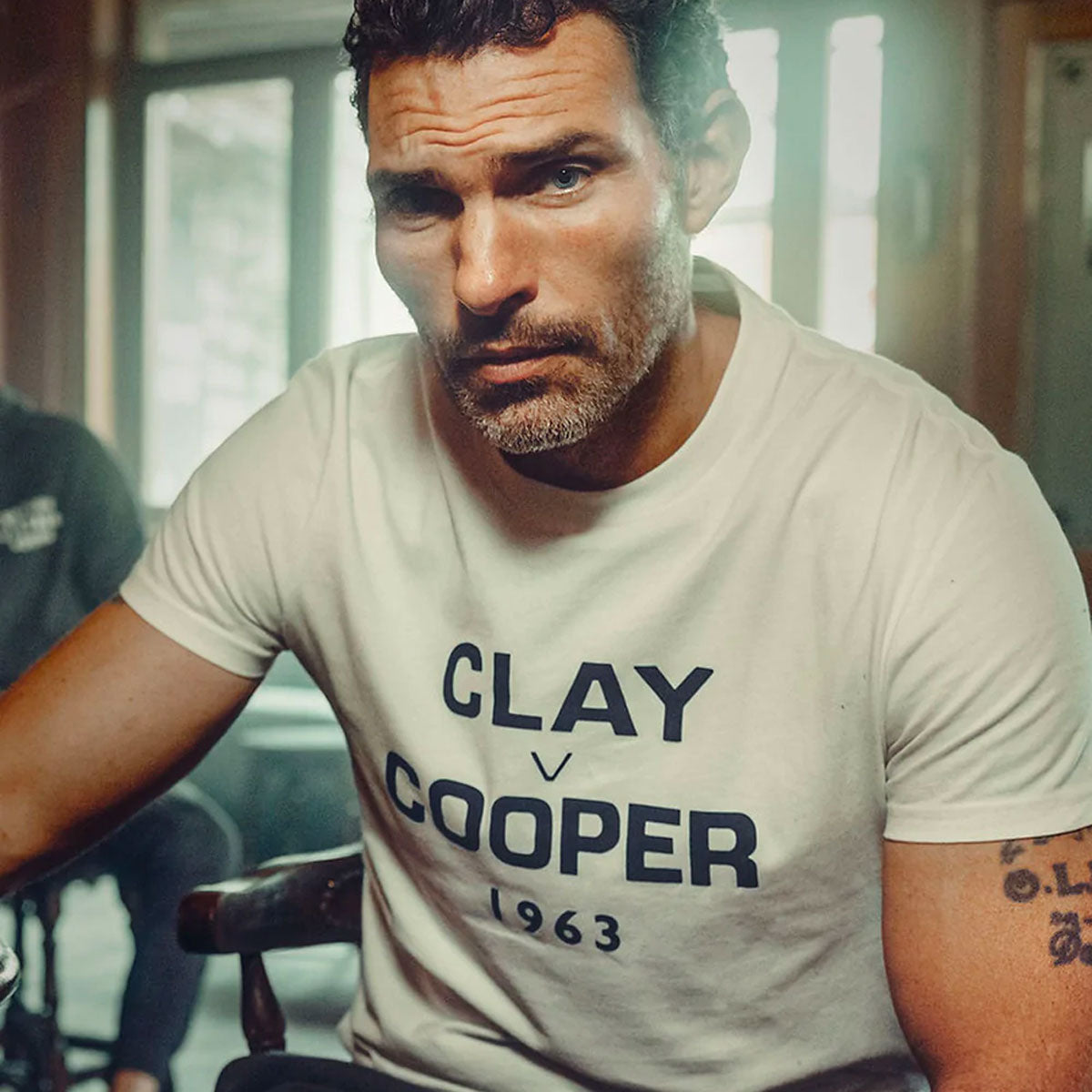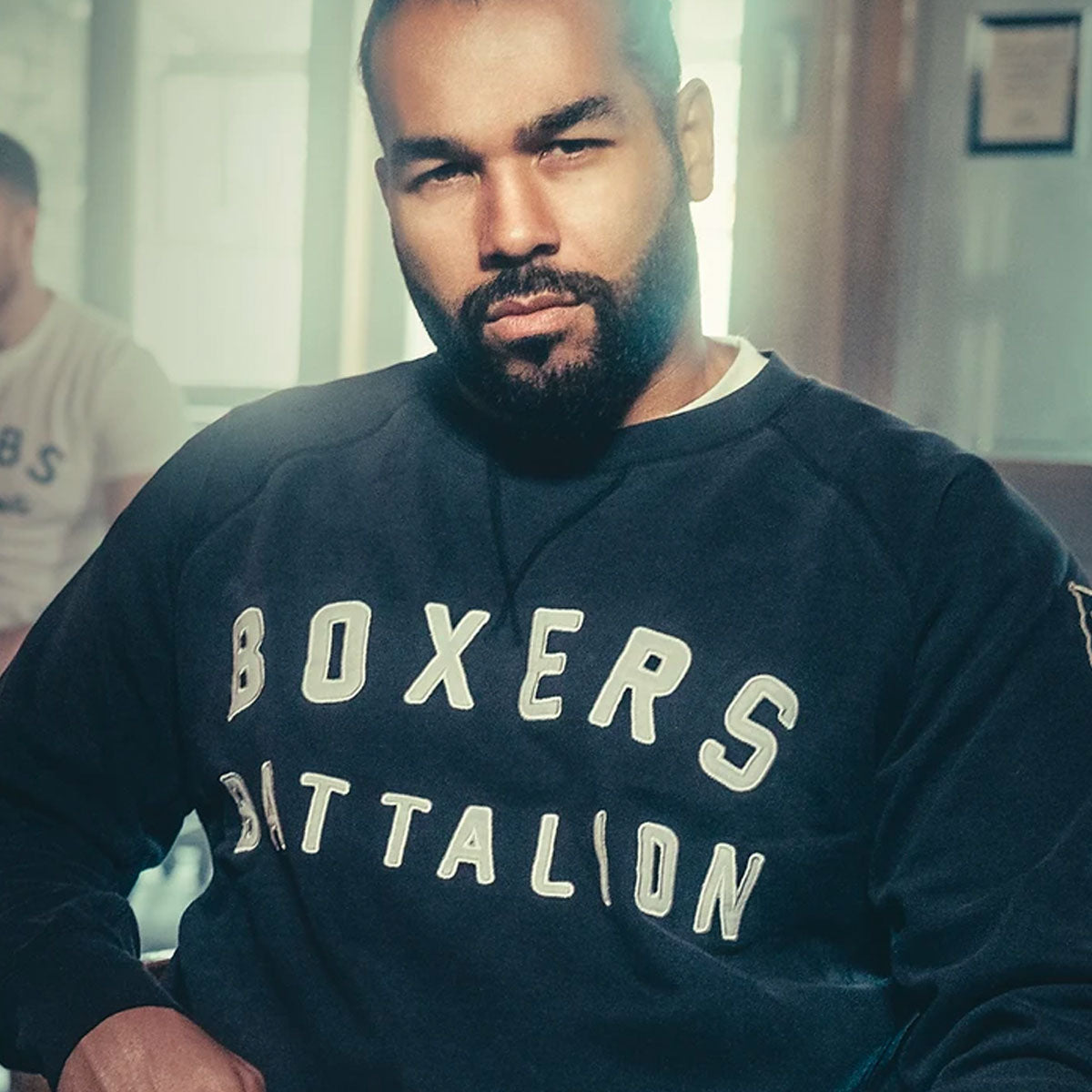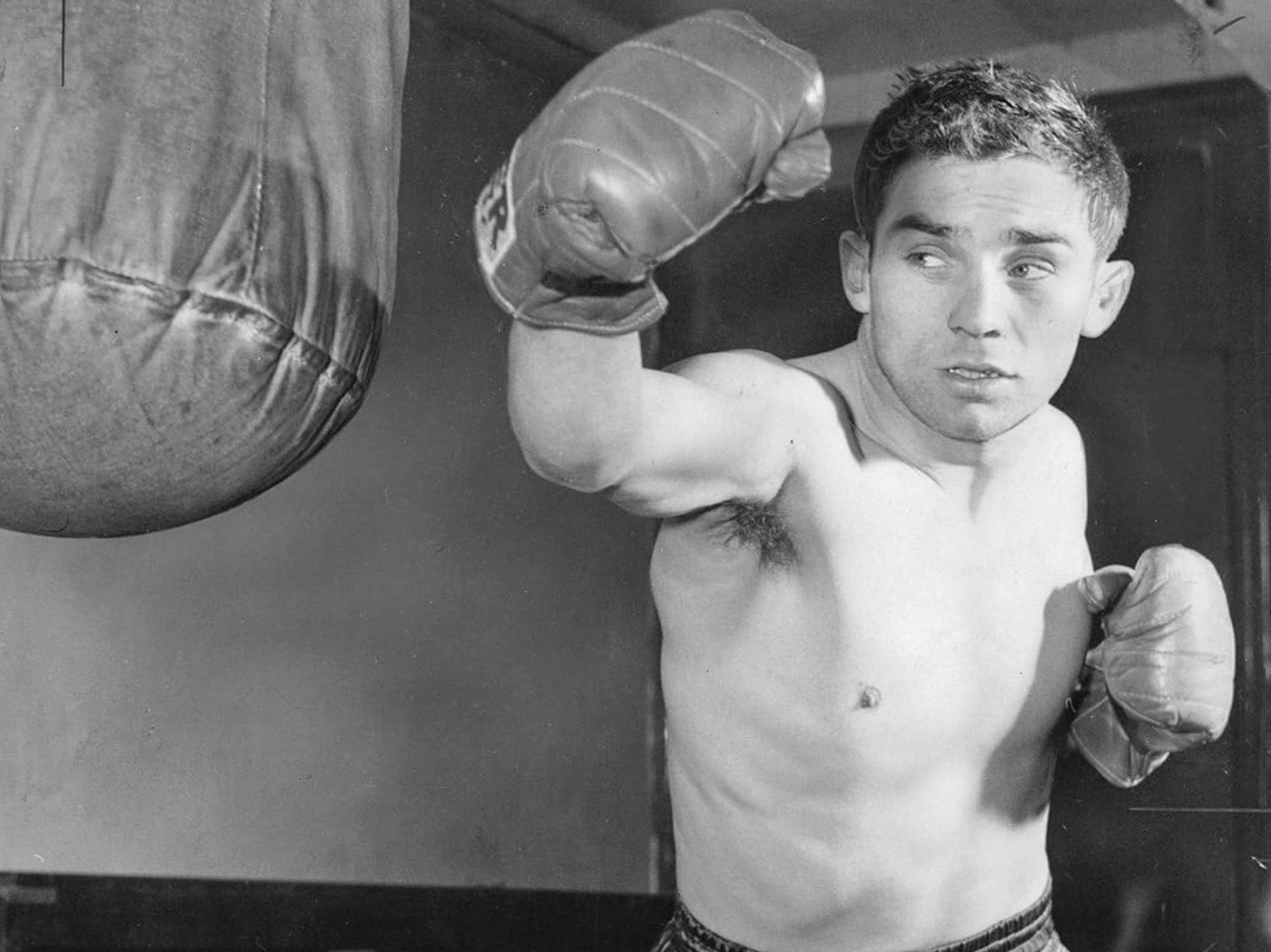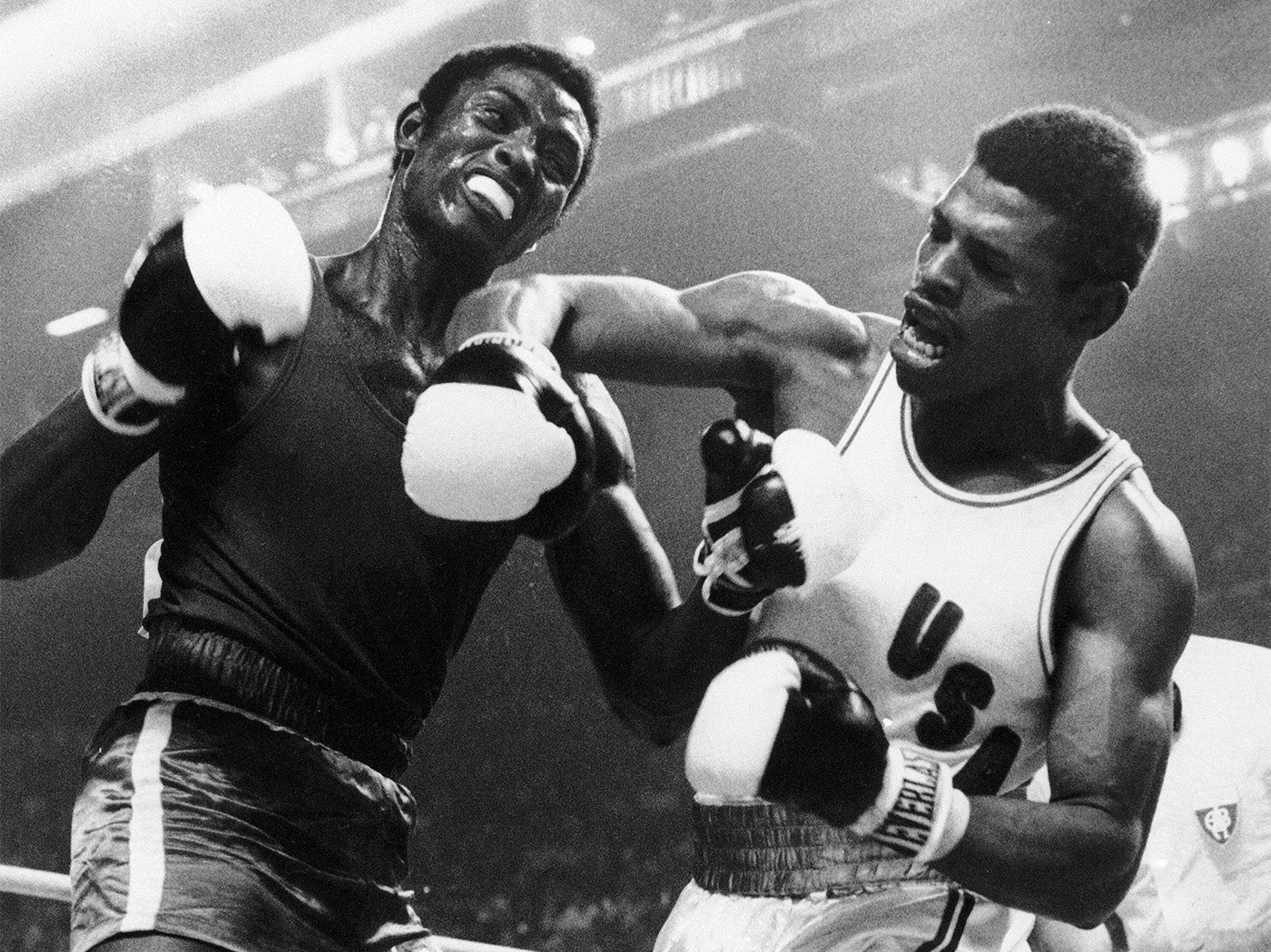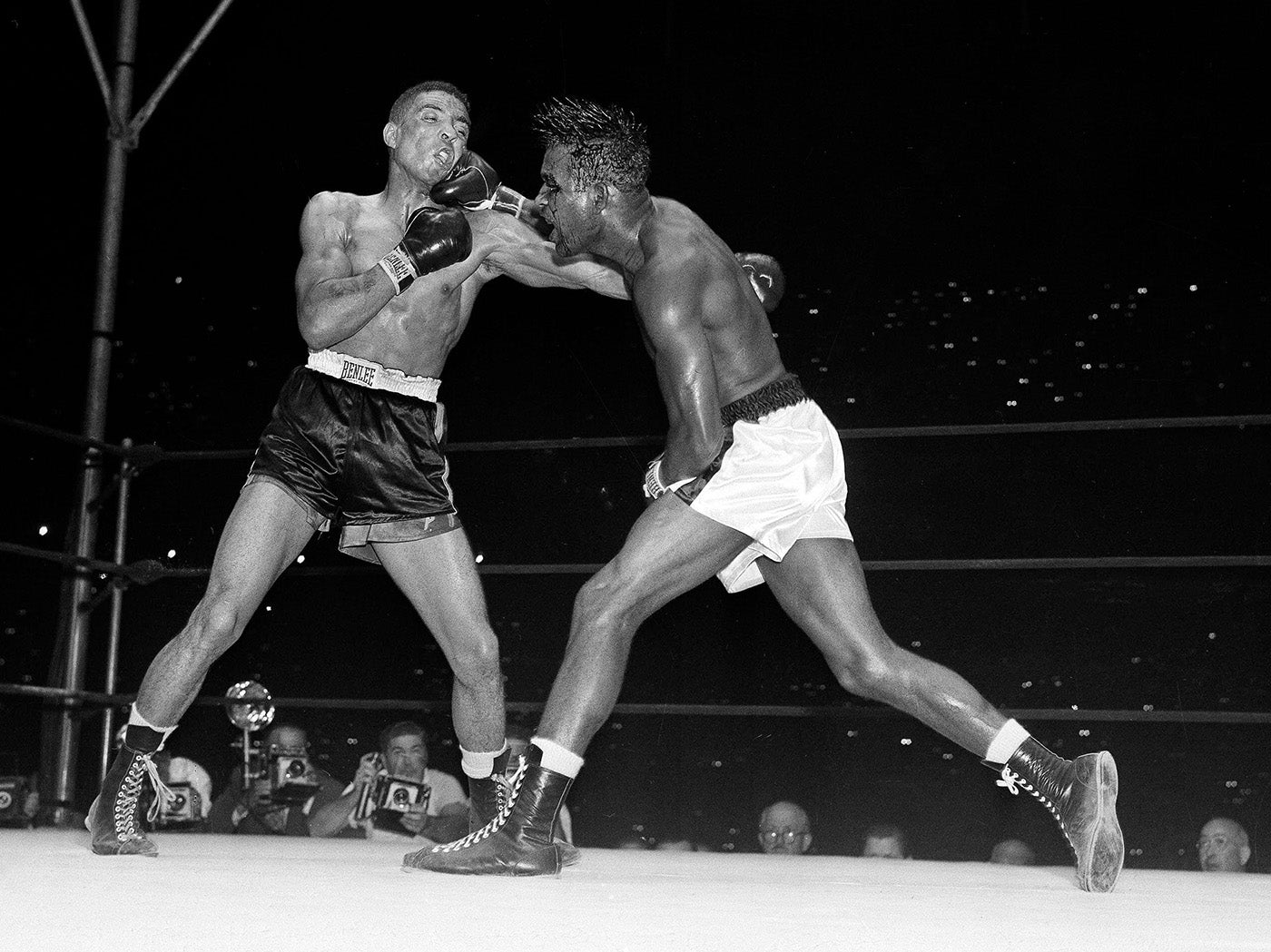‘If I could find a boxer as good as Howard Winstone I would make millions. He's the nearest I have ever seen to the great Willie Pep.'
Angelo Dundee

Have you heard the one about the orthodox boxer who lost three of his fingertips in his right hand and went on to become featherweight British, European and world champion? Ladies and gentlemen, there’s no punchline to this, because, Howard Winstone was no joke.
Born at 96 High Street, Penydarren on 15 April 1939, shortly before the start of World War II, the boy from the valleys didn’t evolve from any fistic lineage. His inspiration came from ‘The Merthyr Marvel,’ Eddie Thomas, who was the former British and European welterweight champion, who would eventually go on to train and manage Winstone as a professional.
During his amateur years, Winstone had earned a reputation of a rough fighter, willing to brawl at the drop of a hat. However, Merthyr Tydfil’s favourite fighting son was the victim of an unfortunate accident on 19 May 1956, when a metal press landed on his right hand whilst working at the Line’s Brothers toy factory in Cyfarthfa, which saw the tops of his three middle fingers severed.
Winstone was hospitalised for a couple of weeks and received compensation of a mere £1,900. Despite not being able to make a fully clenched fist with his right hand, this certainly did not deter him from becoming one of Wales’s most prolific fighters.
Recovering from the accident, Winstone, alongside trainer Thomas, adapted his fighting style to his tools. The jab now became a far more potent part of his armoury, referred to by many as his ‘piston left.’ Thomas, who also went on to train Ken Buchanon, put Winstone through an incredibly gruelling regime, split between his Penydarren gym and the steep inclines and terrain of the Breacon Beacons.
Winstone totalled 86 fights as an amateur, losing only three, however, it was 1958 that was a particularly memorable year for young Winstone as he was crowned ABA and Welsh bantamweight champion, then later the same year he beat Oliver Taylor from Australia to gain Commonwealth gold. It’s worth noting the importance of the gold medal, because the Commonwealth (Empire) Games were hosted in Wales and Winstone was the only competitor, across all the sporting disciplines from Wales to gain gold, despite a healthy collection of silver and bronze being collected by his fellow countrymen. This consequently earned him BBC Wales Sports Personality of the Year, an accolade he would gain a further two times, in 1963 and 1967.

Despite being a hot contender for a medal at the 1960 Olympics in Rome, Winstone got married at the age of 17, became a father soon after and needed to put food on the table. With the amateur ranks void of cashflow, on 24 February 1959, 19-year-old Winstone made his professional debut against Londoner, Billy Graydon at Wembley Stadium, fighting on the undercard of Willie Pastrano versus Joe Erskine.
Winning a comfortable points decision, and getting paid a mighty £60 for his performance, Winstone went on to rack up a further 23 victories on the bounce, before challenging Canning Town’s blue eyed boy, Terry Spinks, on 2 May 1961 at the Empire Pool, Wembley. The British featherweight title was on the line.
Spinks had won Olympic gold at the age of 18 back in 1956 and had fought 39 times as a pro at this point, having lost only four times. Despite a lesser CV in terms of experience and weighing over three pounds under the featherweight limit, with the opportunity to gain the British title, Winstone claimed victory over Spinks by TKO in the tenth of 15 scheduled championship rounds.
1962 was certainly a busy one for the young Welshman. Bearing in mind Winstone was not considered a puncher by many, due to his hand defect, in his nine fights this year, he won five by stoppage, which included two defences of his British title, against Derry Treanor and Harry Carroll. The Carroll victory was that bit more special because he fought at the Maindy Stadium, Cardiff and by the virtue of making his second defence of the British strap, he had won the Lonsdale belt outright. This made him the first Welshman to do so in 40 years.

However, the man from Merthyr did incur his first professional loss in his thirty fifth contest, against heavy handed American, Leroy Jeffery, getting knocked down three times in the second round, before the referee jumping in and bringing the contest to a halt with 30 seconds left of the round.
Not one to stop and lick his wounds, Winstone bounced back with two, third round stoppage victories to see out 1962 and started 1963 in blazing fashion, stopping Johnny Morrisey in the eleventh session, defending his British title for the third time.
Three months later, Winstone stopped Frenchman, Gracieux Lamperti in eight rounds, which was a significant win, because Lamperti was the former European featherweight champion. He lost the strap on points against Italian, Alberto Serti in August 1962, so there was only one thing for Winstone to do now – take on the man, that beat the man.
On 9 July 1963, Winstone took on Serti at the Maindy Stadium in front of 10,000 fans, claiming victory with a fourteenth round stoppage, to the elation of the Welsh crowd. With 40 fights to his name, with only one loss, 24-year-old Winstone had announced himself on the world stage.
Not one to enjoy the spoils of a massive victory, five weeks later, Winstone was up against Yorkshireman, Billy Calvert, successfully defending his British and European featherweight straps, at Coney Beach Arena, Porthcawl. A month later he beat Spanish featherweight champion Miguel Calderin on points, before defending his titles against Australian born, Glaswegian, John O’Brien at the National Sporting Club, Piccadilly.
Despite a points loss against Los Angeles resident, Don Johnson (not the guy from Miami Vice) in January 1964, the rest of the year panned out nicely for Winstone, clocking up a further six victories, including stopping Italian featherweight champion, Lino Mastellaro en route to defending his European title.
Working his way around the various champions within Europe, on 22 January 1965, Winstone secured a points victory over Algerian born French featherweight champion, Yves Desmarets, at the Palazetto dello Sport in Rome in front of 15,000 people.
In the following five months, Winstone extended his record to 52-2, which included avenging his loss to Don Johnson and earning a very respected points victory over future two time WBC world featherweight champion in the making, Cuban born Spaniard, Jose Legra. Unsurprisingly, Winstone was granted a shot at the WBA & WBC world featherweight champion, ‘El Zurdo de Oro’ (roughly translated, the Golden Leftie),Vicente Saldivar. The Mexican southpaw had only fought 29 times at this point, losing only once. In his 28 victories, he had arguably fought tougher opposition than Winstone, en route to world honours, beating the likes of Ismael Laguna, Sugar Ramos and Raul Rojas.
On 7 September 1965, the pair locked horns at Earls Court Arena, Kensington in front of a 12,000 strong crowd, for what would be part one of a prolific trilogy. Despite giving it his all, after 15 hard fought rounds, Saldivar edged the close scorecards to retain his straps.
Winstone had to wait 21 months before getting another crack at Saldivar’s titles, during which time he defended his European title three times, including a respected fifteenth round stoppage over Italian, Andrea Silanos in his hometown of Sassari, Sardina. Winstone also defended his British strap once and beat Don Johnson once again, in the final part of their trilogy.
On 15 June 1967, Winstone and Saldivar fought again, but this time at Ninian Park, Cardiff. The teak tough Mexican managed to knock down Winstone twice in the fourteenth round, which was the deciding factor, as referee, Wally Thom (old opponent of Winstone’s trainer, Eddie Thomas from 1951) scored the bout 73¼ - 73¾. A mere half a point separated them, which caused a huge outcry from those in attendance and the boxing media. There was only one thing to do - run it back again.
On 14 October 1967, the pair fought in Saldivar’s backyard at the Estadio Azteca, Mexico City. With the additional motivation to put on a performance in front of his home crowd, the Mexican champion put Winstone on the canvas in the seventh and twelfth rounds, before manager, Thomas threw in the towel. That made it 3-0 to Saldivar, but the fight took a lot out of the Mexican. Shortly after, he retired…….albeit, he returned two years later and went on to become a two time world featherweight champion. Winstone did however become a crowd favourite with the Mexicans and was given an open invitation from his old foe, now good friend, Saldivar, to return whenever he wished.
Many fighters would have considered hanging up the gloves after 64 fights (59-5), especially after two gruelling 15 round world title challenge losses, but Winstone was made of different stuff. On 23 January 1968, he took on Mitsunori Seki from Japan, for the vacant world WBC featherweight title. The pair had something in common, in so much as they had both challenged three times for world featherweight honours and had been unsuccessful. Incredibly, five of the six challenges between them were lost to the same man - Saldivar.

Both fighters acknowledged the miles on their respective clocks and knew that a loss should translate to retirement. That night at the Royal Albert Hall, London, Winstone achieved his lifetime goal in boxing to be crowned champion of the world, boxing beautifully and stopping Seki in the ninth after incurring terrible cuts over his eyes. Winstone returned to Merthyr to a hero’s welcome, with over 5,000 people lining the streets of Merthyr Tydfil and a party which lasted for several days. Seki in the meantime retired.
Seki said of Winstone at a later date, ‘It was in 1968 on a cold, snowy January day that we faced each other in the ring at the Royal Albert Hall fighting for the World Featherweight title. Our fight was to be the last of my career and I can still remember the crowded hall with the audience in their smart dress. As a boxer, Winstone was a great technician, with a superb variety of left hand punches. Thinking back to that fight, it was this skill that won him the title.’ Winstone said, ‘This the greatest moment of my life - I thought I’d never be champion.’ (Walesonline.co.uk)
Saldivar was in the crowd the night Winstone won the world title and was one of the first to hug and congratulate the Welshman, before presenting him with world championship honours in front of 6,500 attendees. Rumours started to circulate that a fourth contest was in the pipeline as the Mexican indicated to the media a possible return to the ring. However, Winstone’s retirement was only six months behind Seki’s, after losing to old foe, Jose Legra via fifth round stoppage, in a fight named by some as, ‘The Brawl in Porthcawl.’ On 24 July 1968, the Welshman was knocked down in the first round at Coney Beach Arena, but by the fifth, his eye was so badly swollen the contest had to be stopped to ensure he didn’t absorb further unnecessary punishment.
Aware that his speed and reflexes were not what they used to be, Winstone retired at the age of 29 with a very plausible record of 61-6. His resume included holding the British title for six years, the European strap for four and he reached boxing Everest by becoming WBC world featherweight champion. The year after, Winstone was awarded the MBE for his accomplishments in the square ring, in addition to being made a Freeman of Merthyr Tydfil.

Winstone sadly passed away in 2000 from kidney disease, at the age of 61, at the Prince Charles Hospital in his beloved hometown of Merthyr Tydfil. He was survived by his wife, two daughters and four sons. The year after a fitting legacy was left in Merthyr Tydfil’s square, as a bronze statue was unveiled of their favourite fighting son. If that wasn’t enough, in 2005 he was named ‘Greatest Citizen of Merthyr Tydfil.’
The final cherry on Winstone’s cake was a film about his life, which was released in 2011, which starred a host of well known actors and boxers, including Shane Ritchie, John Noble, Stuart Brennan and Eril ‘El Terrible’ Morales.
Is Howard Winstone one of the best boxers Wales has ever produced? You would have to provide a very strong argument to say he didn’t belong in the top 10 of all time as one of the most elegant technicians, who possessed the engine of a steam train.
Paul Zanon, has had 11 books published, with almost all of them reaching the No1 Bestselling spot in their respective categories on Amazon. He has co-hosted boxing shows on Talk Sport, been a pundit on London Live, Boxnation and has contributed to a number of boxing publications, including, Boxing Monthly, The Ring, Daily Sport, Boxing News, Boxing Social, amongst other publications.

